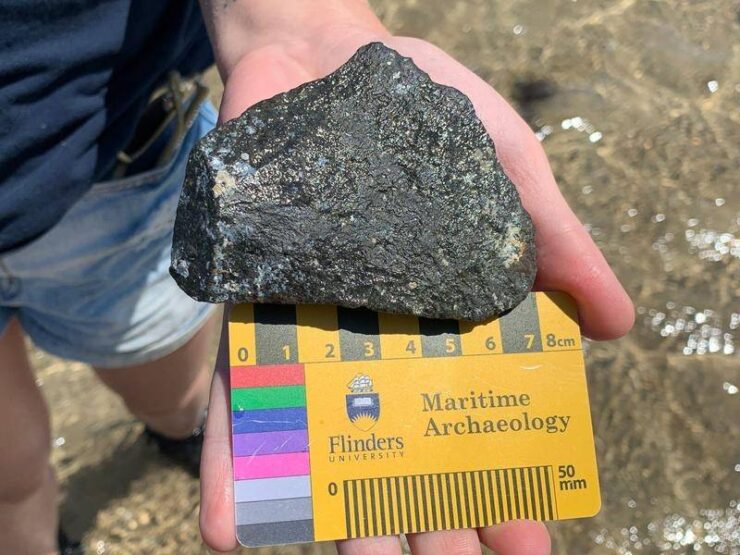Off the coast of Western Australia, ancient Aboriginal artifacts that were probably thrown in a freshwater spring thousands of years ago have been mysteriously found underwater.
Flinders University archaeologists collaborated with colleagues from the University of Western Australia and Murujuga Aboriginal Corporation to discover the 9000 year old cutting tools off the coast of Karratha in the Pilbara area.
The corporation’s deputy chair, Vince Adams said “Once we were given the (first) artefact by the diver and held it in our hand we knew straight away this belonged to our old people. And we recognised it as something we still use today.”
According to Flinders University, the tools have also been connected to Aboriginal rock art and archaeology, providing a more full history of one of the oldest existing tribes on earth.
According to Deep History of Sea Country project head researcher Jonathan Benjamin, the finds were located near the location of the ancient freshwater spring around 14 meters underwater and provide “deep time” insight into Aboriginal activities on what was previously dry ground.
“The discovery of more and more artefacts establishing the submerged sites of Murujuga is of national importance and provides an opportunity to protect all types of underwater cultural heritage. Who knows how much irreplaceable heritage was thought lost before we discovered them through scientific diving?” Benjamin said.
The finding has revitalized calls to nationalize protections for culturally significant sites, increase funding for diving and reform approaches to Indigenous underwater heritage.
Mr Adams said, “There is a lot of mob, especially in land and sea country areas, who are really interested in underwater archaeology – we have had people from Tasmania and as far as the Tiwi Islands asking about it.”
“We’ve confirmed the survivability of seabed archaeology, preserved for many thousands of years. The challenge now is to ensure submerged cultural sites survive into the future, given the pressure of modern impacts on our seabed and shores.”
